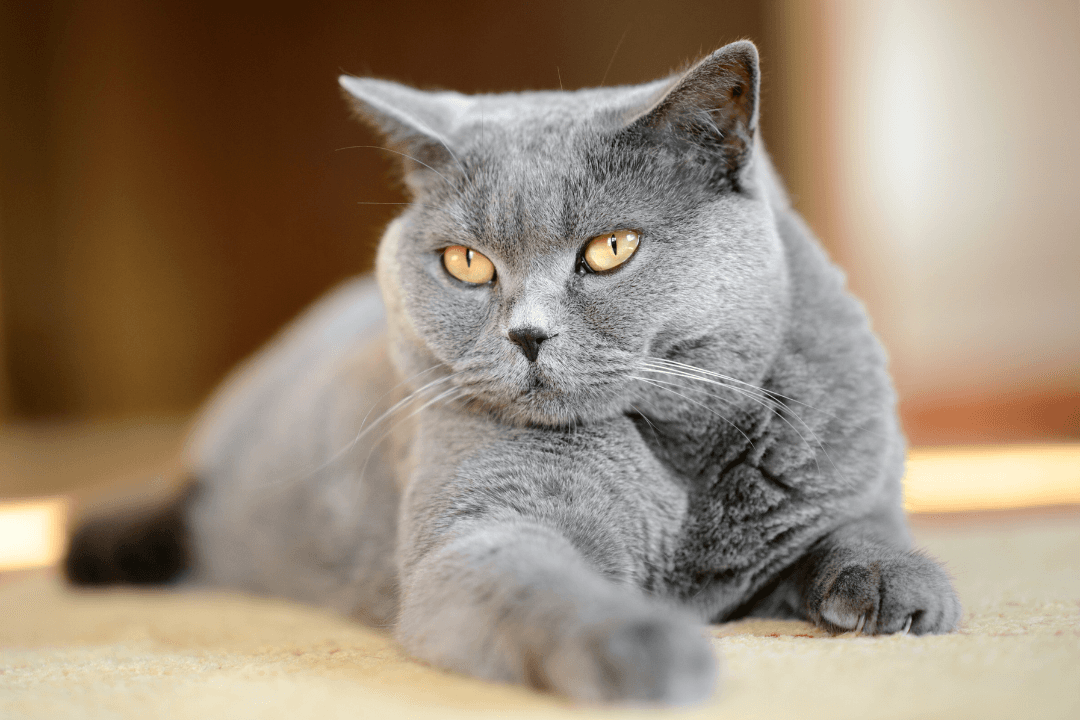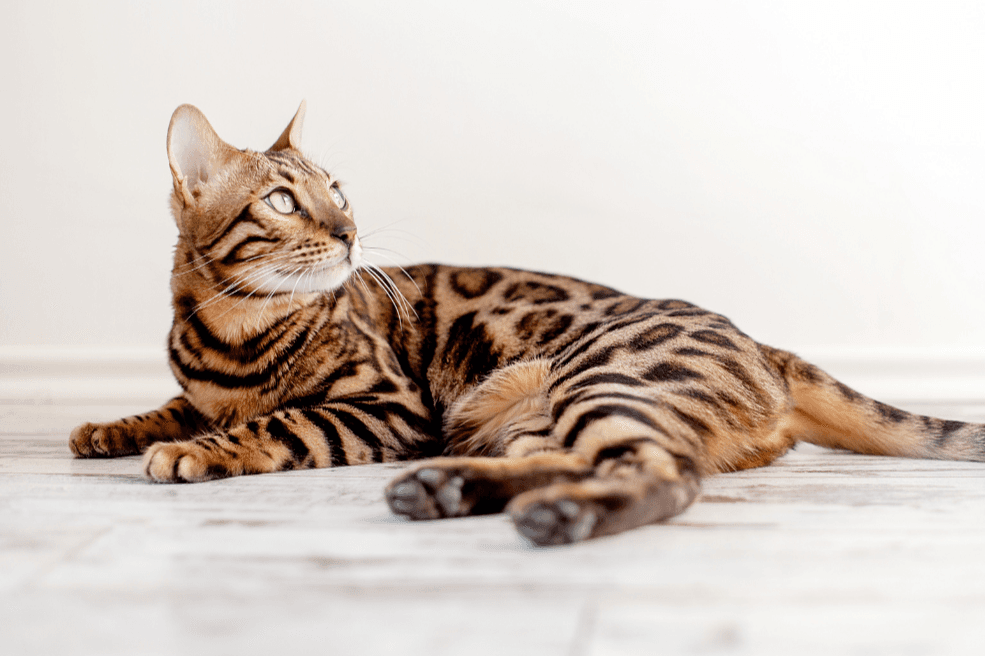British Shorthair Guide
Information about the cat breed
Weight: 4 - 8 kg
Wither height: 25 - 30 cm
Energy level: Calm
Lifespan: 12 - 20 years
Social need: Medium
Colours: Available in many different colours - like brown, golden, white, blue, purple and creme - but also different patterns.
Health problems: Generally healthy but can suffer from genetic diseases such as Hypertrophic Cardiomyopathy (HCM) as well as joint and skeletal problems.
Personality of a British Shorthair
British Shorthair is a calm, loyal and friendly cat breed that works well as an indoor cat. It attaches itself to its people, is very cozy to have as company and thrives with other animals. Unlike many other cat breeds, a British Shorthair is not as demanding in terms of attention and can easily entertain itself with play. However, despite being a quiet and independent cat breed, a British Shorthair does of course need exercise to stay happy and healthy.
Looks and fur care of a British Shorthair
British Shorthair a compact, powerful and muscular cat. With its thick and shaggy fur, it almost looks a little like a teddy bear. The fur is short, dense and lies close to the body and is easy to care for. Regular brushing once a week will help reduce the amount of loose hair in the home and keep the coat well maintained.
Health problems in a British Shorthair
A British Shorthair is a generally healthy cat breed. But because it has a strong build, joints and bones are easily stressed. It is therefore important to make sure it maintains its weight and gets enough exercise. In addition to joint and skeletal problems, genetic diseases such as Hypertrophic Cardiomyopathy (HCM) can occur, which is a common heart disease in cats. HCM means that the heart muscle becomes thicker, which can affect the heart's function.
Weight control
Overweight is a common problem among Sweden's cats today, and British Shorthairs in particular have a tendency to become too strong and have joint and skeletal problems. Being overweight also means an increased risk factor for many common diseases among cats. You therefore need to help your cat maintain a healthy weight, learn more about it in the Lassie app.
Oral health
Did you know you need to brush your cat's teeth? Brushing your cat's teeth daily is the best thing you can do to prevent your cat from getting periodontitis, learn more about it in our app. The dental disease FORL is common among cats and often occurs in connection with periodontitis. Brushing the cat's teeth can be a challenge, but with treats and a lot of patience, the cat will eventually get used to it. Learn more about how to brush your cat's teeth in our app course.
Poisoning
There are a lot of things that are toxic to cats that you may not have thought about before. An example of this is plants, learn more about which plants are poisonous to your cat in the Lassie app. Additional examples of what is poisonous to cats are chocolate and mouse and rat poison. It is important to store things that are dangerous to cats in a place that they cannot access.






